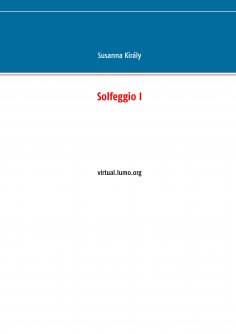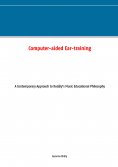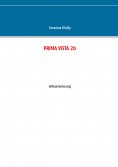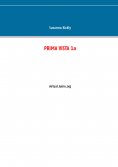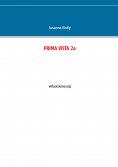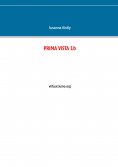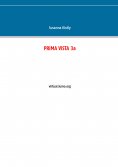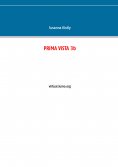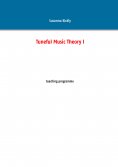Solfeggio I
Über das eBook
Many students find music theory and ear-training difficult.
During the 1990s, in connection with my licentiate thesis "Solfège in the Computer Classroom" (2000), I initiated a research project which focused on learning outcomes in middle-grade and higher-level classes, and started to develop a CAI method for teaching and learning music theory and ear-training.
In his essay in 1949, Zoltán Kodály drafted his ideas very clearly on the importance of music. A következő lépés [The next step] is "… to introduce people to the secrets of the many parts of music, to pave the way towards the monumental works of world literature. To move away from the narrow limits of unison to music of two or more parts which in its restrictions holds more freedom. This is the way of democracy in music! --- Unison song with a simple instrumental accompaniment also develops some passive and obscure, almost subconscious, sense of harmony. But our ear can only completely receive the polyphonic music if we learn to sing one part without instrumental accompaniment so that we can concentrate on the other parts. In this way we can seek to understand that type of music, where the parts are not living by themselves alone, but by helping and complementing each other, they create a unit of a higher level. This ability develops slowly, but practicing it is not boring, in fact it is delightful, since this journey leads towards the great masterpieces through more and more beautiful music. (Kodály 1975 [1949]: 253 Translated: Kirsti Fekete.)
Über den Autor
Susanna Király’s aim was to develop a method for music theory and ear training learning the basic level well and efficiently according to the Kodály method. Király has developed a six-part Prima Vista textbook series and was on the doctoral dissertation at the University of Helsinki in the spring of 2012. (Computer-aided Ear-training: A Contemporary Approach to Kodály's Music Educational Philosophy).
Kodály’s philosophy of music education includes the idea that every child has the right to learn his musical mother tongue. This learning should take place in a child-centred, natural and easy way. In the present study, I particularly focused on the opportunities for developing and testing the new, computer-aided teaching method, especially for ear-training, using Kodály’s concept.
My purpose was to create a learning tool that could be used in music schools to facilitate the teaching of music theory and solfège.
Produkt Details
Verlag: Books on Demand
Genre: Sprache - Sonstige
Sprache: fin
Umfang: 92 Seiten
Größe: 14,2 MB
ISBN: 9789523397255
Veröffentlichung: 9. September 2016
